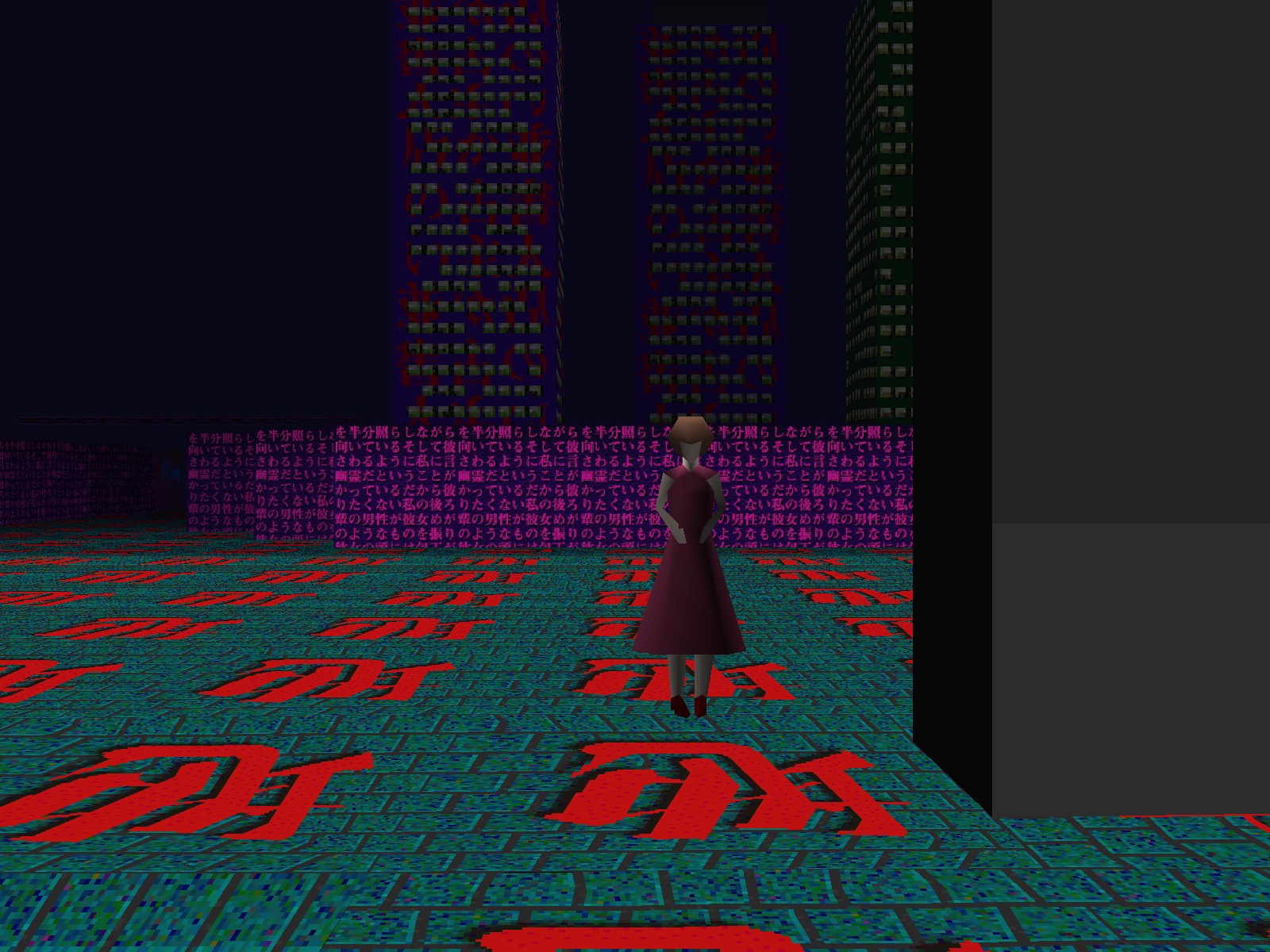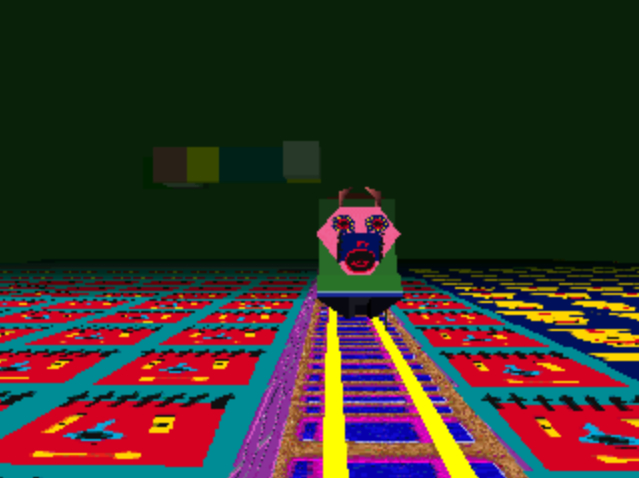


LSD has a set of several static and defined environments to explore including a Japanese village, a field, a city, a house, and others. By bumping into any object or walking through certain tunnels, the player will be transported to another setting.

The player begins each dream in a random area they can begin exploring.

The game is played in short sequences or "dreams" lasting up to ten minutes. Gameplay takes place in a first-person perspective in a 3D environment with the players control limited to moving frontward and backward, turning, strafing, running, and looking behind. LSD: Dream Emulator is an exploration game that has been described as a "playable dream" in which the player explores surrealistic environments without any overarching goals. The game was also released on the Japanese PlayStation Store in 2010. In retrospect, critics have praised its whimsical qualities, calling it one of the most "unnerving", "experimental", and "unpredictable" video games of all time. LSD quickly fell into obscurity, but in years since has experienced a resurgence in popularity due to its eccentricity being an engaging point of discussion for humor blogs and Lets Play commentators. The game received a limited release in Japan on October 22, 1998, alongside a soundtrack and a book composed of excerpts from the dream diary. The games concept is based on a dream diary kept by Asmik Ace employee Hiroko Nishikawa for over a decade. The game was conceived by Japanese artist Osamu Sato, who rejected the idea of games, and wanted to use the PlayStation as a medium for creating contemporary art. The player can only move and touch objects that will warp them to another setting. In LSD, the player explores surreal environments without any objective. LSD: Dream Emulator is an exploration game developed and published by Asmik Ace Entertainment for the PlayStation.


 0 kommentar(er)
0 kommentar(er)
